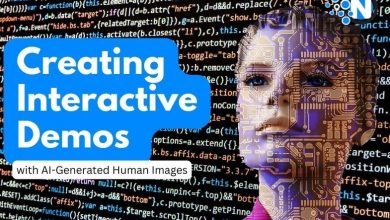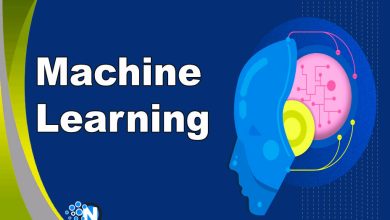Which AI Model is the Most Useful? A Comparative Analysis
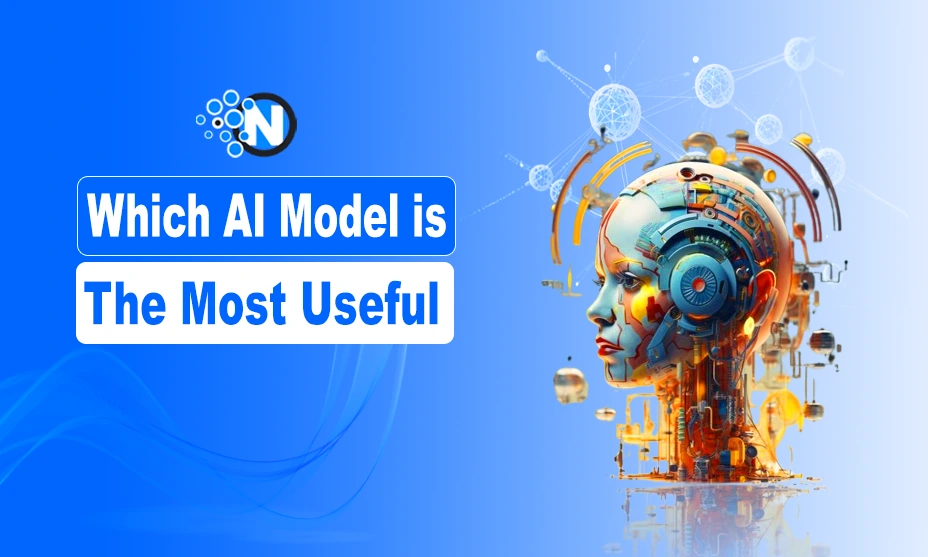
Artificial Intelligence (AI) has revolutionized industrial operations throughout recent years so AI models now drive technological advancement into the future. Due to the wide selection of available AI models, it becomes difficult to identify which model would provide the most useful results. This is where a detailed comparison comes into play.
In this article, I have compared the popular AI models and their features alongside implementation recommendations.
Let’s start!
Introduction to AI Models
AI models serve as programs that acquire abilities through training procedures to handle tasks characterized by human intelligence. These models also offer tools which help in analyzing the impact for instance Soft2Bet investigation powered by AI helps in maintaining the platform.
These tasks include natural language processing, computer vision functions, decision-making capabilities, and additional components. AI models can be used for various purposes across industries.
Comparison of Top AI Models
1- GPT-4
GPT-4 is a leading language model developed by OpenAI as one of its most advanced and recognized products. The transformer design allows this model to create text that resembles natural human communication.
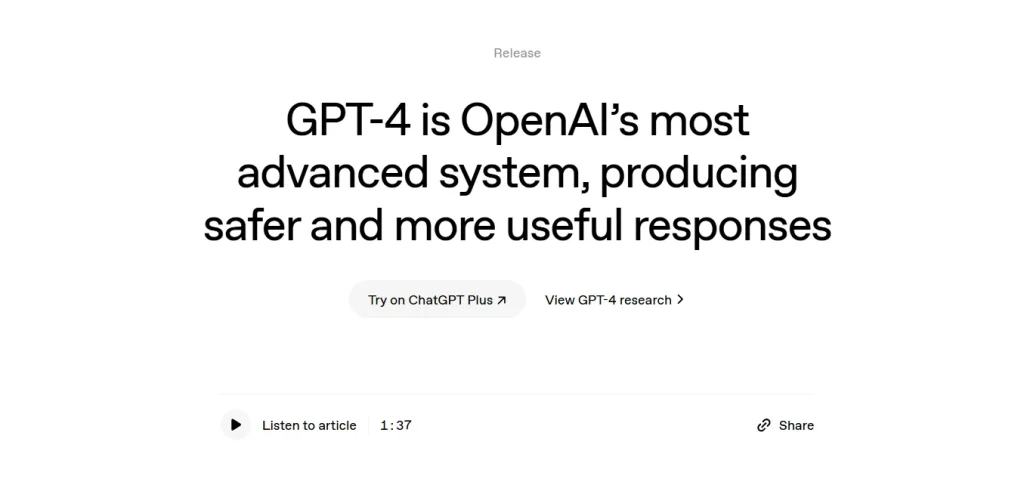
Strengths:
- GPT-4 shows outstanding performance in language tasks that need careful text understanding throughout text questions as well as creative text generation and translation work.
- The system has multiple application uses, including developing chatbots while also producing content generation solutions, coding, and additional functions.
- GPT-4 possesses capabilities to handle text and process images, which, despite being under construction, should be considered development-ready for some use cases.
Weaknesses:
- The process of training GPT-4 demands substantial computing resources, which creates difficulties when deploying it for extensive applications.
- The extended conversations present a challenge to GPT-4 since it needs help understanding long-term contexts and the model generates illogical results when processing ambiguous orders.
The extensive training on large datasets enables GPT-4 to serve multiple applications, ranging from content generation to customer service, educational purposes, and various other sectors.
2- Claude (Anthropic)
Claude is a family of large language models (LLMs) developed by Anthropic, an AI safety and research company. The safety and ethical aspects form the core design principles of Claude. The model stands apart because it offers customers managed responses that aim to reduce AI bias.
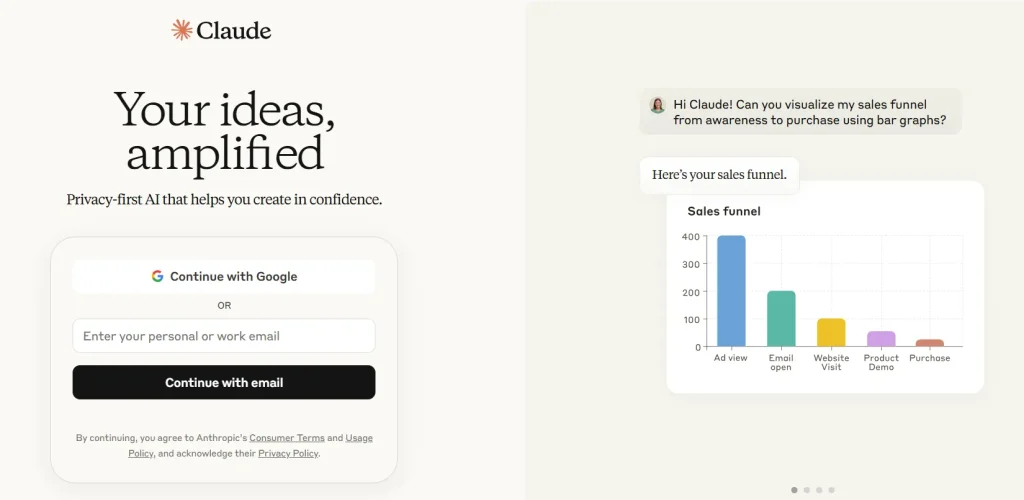
Strengths:
- The ethical safety module of Claude from Anthropic brings ethical guidelines that prevent dangerous responses while actively monitoring response bias.
- People recognize Claude for generating responses which resemble human communication better than competing language models do.
- Its design features safety mechanisms that minimize the possibility of such content creation.
Weaknesses:
- Claude’s restricted access framework makes it unavailable to all users, and its applications remain limited compared to those of GPT models.
- Claude presents restrictions on possible use cases because it remains limited to particular interaction and task requirements that GPT models do not encounter.
The developers of Claude tailored this AI system to resolve the security-based moral obligations of AI along with the safety risks of Artificial Intelligence failure.
3- BERT (Bidirectional Encoder Representations from Transformers)
BERT, which stands for Bidirectional Encoder Representations from Transformers, is a significant advancement in Natural Language Processing (NLP). It is a pre-trained language model developed by Google.
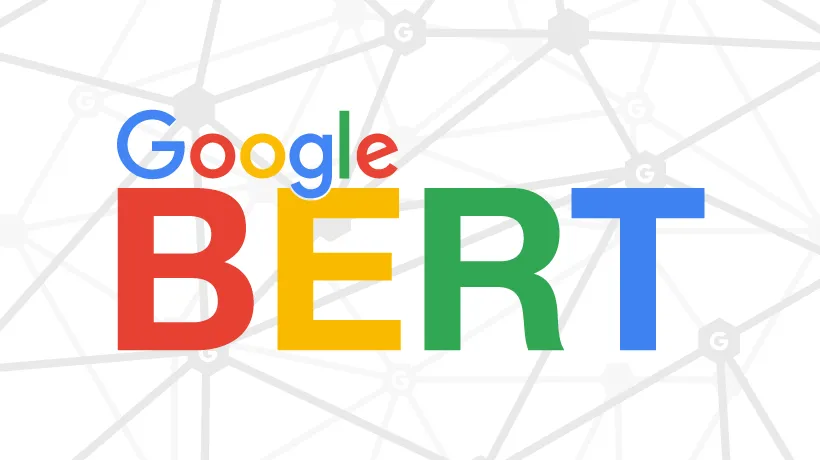
Strengths:
- BERT functions better than one-directional models because its bi-directional processing helps it interpret word contexts more effectively.
- The search engine operations of Google have advanced through BERT’s ability to process complex search terms accurately.
- The neural network architecture of BERT enables data pre-training and specific task fine-tuning procedures which generates its high adaptability.
Weaknesses:
- BERT lacks capabilities to generate texts which GPT-4 demonstrates. The system supports classification and understanding tasks better than text generation functions.
- BERT needs similar levels of computer processing power for its training and regulatory tuning just like GPT needs.
BERT surpasses GPT models because it analyzes text from both left-to-right directions thus providing better comprehension of sentences’ word context.
4- DALL·E 2 (OpenAI)
The AI model DALL·E 2 uses text commands as input to generate images. DALL·E 2 operates through transformer and generative adversarial network (GAN) technology to generate visual outputs from particular instructions.

Strengths:
- The creative power of DALL·E 2 enables it to generate elaborate realistic images based on user-provided text descriptions.
- The generated output from DALL·E 2 delivers premium quality which enables several professional uses.
- The OpenAI API provides DALL·E 2 accessibility so developers can embed the application into their programs.
Weaknesses:
- The creative approach of DALL·E 2 leads to unexpected output since users lack full control of its generation process.
- DALL·E 2 demonstrates difficulty in interpreting complex or highly detailed requests that need complete understanding of complex visual arrangements.
AI tool DALL·E dazzles users because it uses text inputs to generate authentic yet imaginative images which help professionals across design and advertising and content creation fields.
Comparison Table of Popular AI Models
Your selection of an AI model should match your project requirements alongside available computing resources. GPT-4 or Claude would make the best selection for creative content generation. BERT’s text comprehension specialty allows it to retrieve meanings embedded within language. For visual content creation, DALL·E 2 offers unparalleled image generation.
| Model | Strengths | Best Use case | Weakness |
| GPT 4 | Natural language generation, multi-modal capabilities | Content creation, chatbots, education | High resource usage, context limitations |
| Claude | Ethical focus, safer interactions, human-like responses | Ethical applications, customer service | Limited availability, narrower use cases |
| BERT | Bidirectional contextual understanding, improved search | Search engines, sentiment analysis, NLP tasks | Not suitable for text generation, computationally heavy |
| DALL E | Creative image generation, high-quality output | Design, advertising, content creation | Limited control over output, struggles with complex scenes |
Before choosing an AI model, you must identify your requirements for output standards and ethical issues along with available computer power strength. The selection of an AI model that receives ongoing support along with regular updates should be a priority for long-term accomplishment.
Conclusion
AI models are modern technological advancements that provide different features and benefits. Users can select between various language models, including GPT-4 and Claude, and computer vision tools, including DALL·E 2, among many others.
Clarifying its pros and cons based on your business or personal requirements will make selecting an appropriate model easier. Such AI models will advance with technological evolutions, creating powerful, versatile tools that enhance industry innovation.


